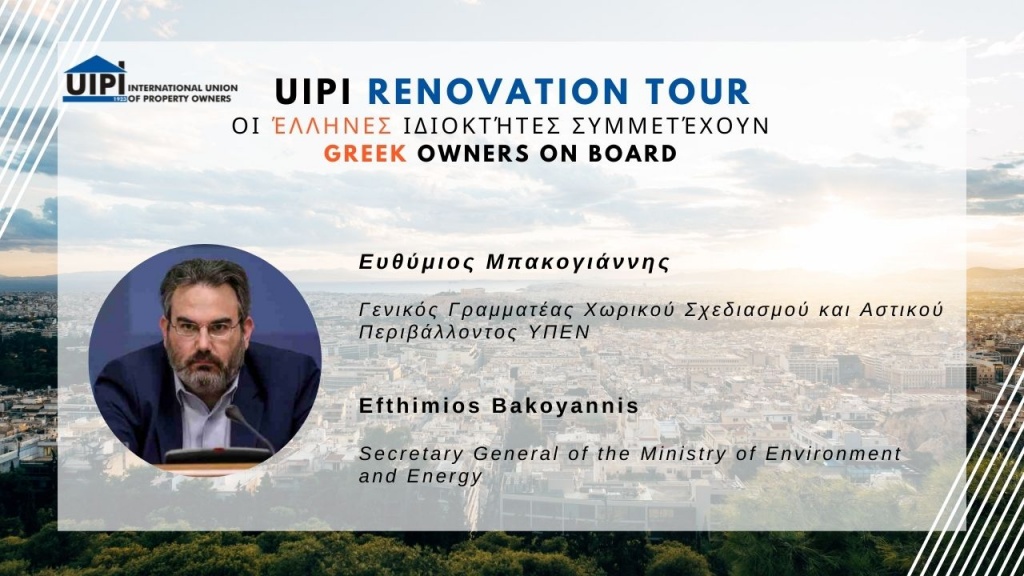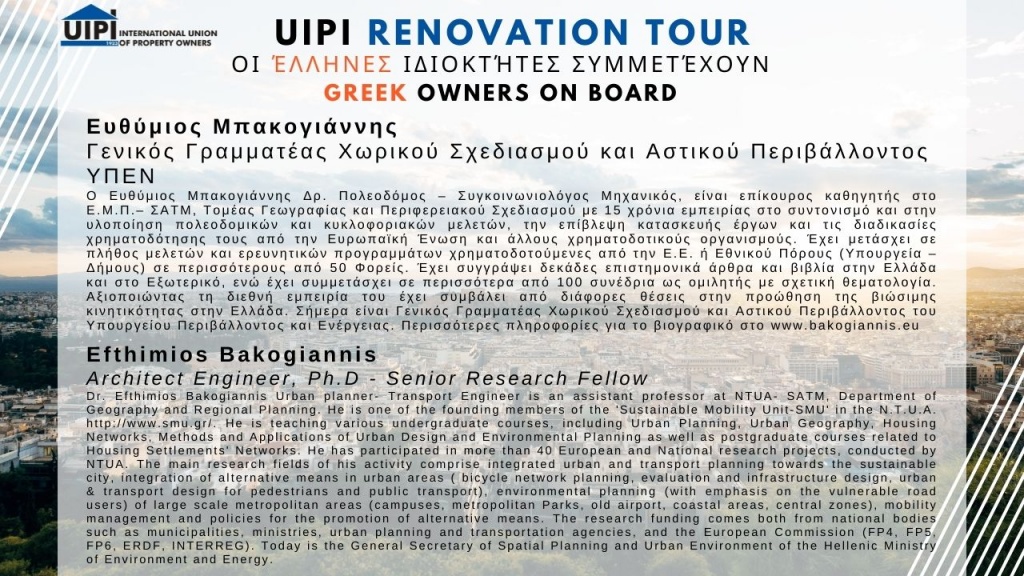Portrait of Charles Sagehomme and the Hasselbrouck Castle - Belgium
Restauration of the Castle – Atelier Phi
For the third portrait of UIPI Feature Series on Building Heritage, we head to the Belgian linguistic border to meet a young owner who is putting tremendous efforts into renovating his family castle. The Hasselbrouck castle is located in the heart of the Hesbaye in the Belgian Province of Limburg. The castle belongs to Charles Sagehomme’s family since 1840. It is listed as a protected building since 1974 and is considered a jewel of the Enlightenment, adorned with majestic stucco decorations. The initial building was erected around the 1620s, a U-shaped structure designed in Mosan Renaissance style. Around the 1770s, a magnificent neo-classical construction was added next to the main building. It used to belong to the Privy Counsellor of the Prince Bishop of Liège and was formerly located in the Principality of Liège. Charles and his wife are progressively renovating the building.
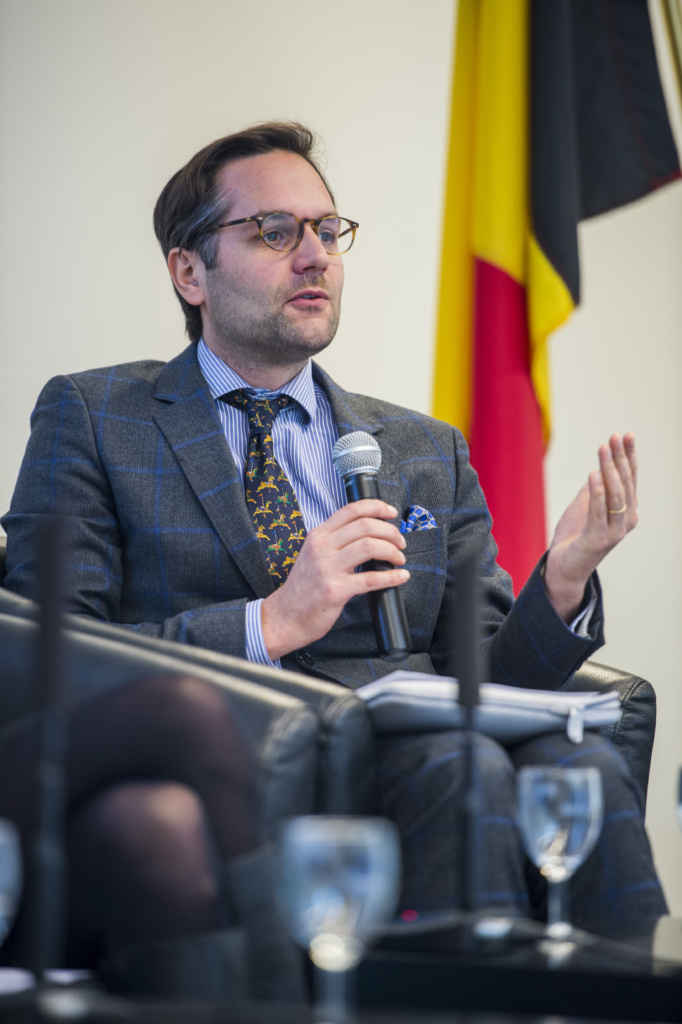
"It is important to raise interest and awareness for the preservation of heritage properties and encourage initiative at an early age."
Charles, tell us about yourself? Why did you decide to take over such a great responsibility so young?
Since my childhood, I have always been passionate about buildings and our family’s heritage. When I was eight years old, I made a building model and designed plans for a construction project my family was involved in. After studying management engineering, I naturally chose a career in the management and renovation of large-scale real estate properties. In 2004, after the death of a great uncle, the property was left to us in such a state that it needed a complete renovation. So, my family only had two choices: either to keep it and carry out the overhaul project ourselves or sell it. Together with my wife, after carefully analysing the feasibility, we decided to meet the challenge and save this exceptional family building.
What is your motivation to own and preserve such a building?
I want to safeguard a heritage of great quality. I am also trying to preserve its familial and inhabited character so that it does not lose its soul and its cachet. My biggest pride is to preserve the property while maintaining its original historical character.
How is it like to live in a place like this that bridges our past and future?
For us, the historical character and familial legacy of this house are important. But at the same time, it has to be a place where I can live with my wife and our children. It is important for me that my family is conscious of the chance we have to live in such a property, even if we will only be able to fully realise it once the renovation work is finally completed. The intrinsic characteristic of such a property gives us the energy and motivation to reach our final goal within a reasonable time.
What does it take to renovate such a building and preserve its history and architecture?
When we took over the property, everyone who visited it had the same reaction: “It is beautiful, but there is so much work to do. It is the project of a lifetime!” Indeed it is! The property required a complete renovation, starting with the roof. The damages to the building, in particular following water infiltration, were catastrophic for the stuccoes, the ceilings and the entire building structure. The cost of the renovation keeps on increasing exponentially. Keeping a building dry is a basic conservation principle and this is exactly what I am trying to do before proceeding with the major renovation of the roofs. When the main part of the renovation work will be finished, we will anticipate the next ones and try to maintain the property in good shape with small-scale maintenance works, so that it does not undergo any more serious degradation. We do not want to pass a burden to our children and future generations.
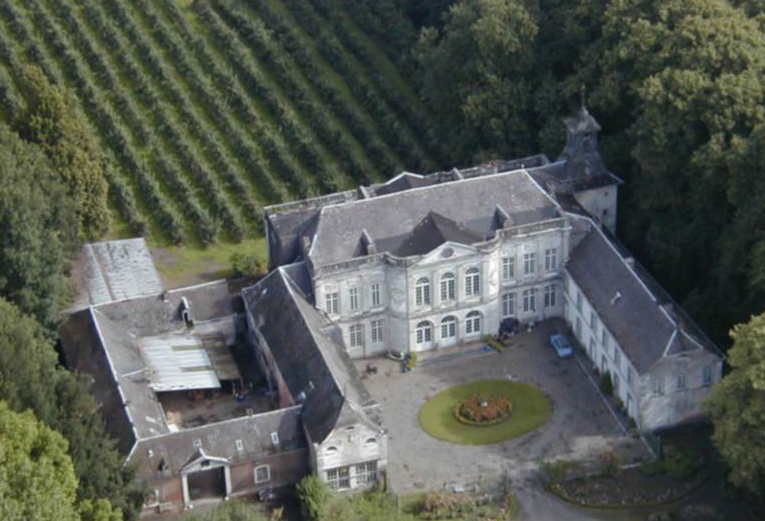
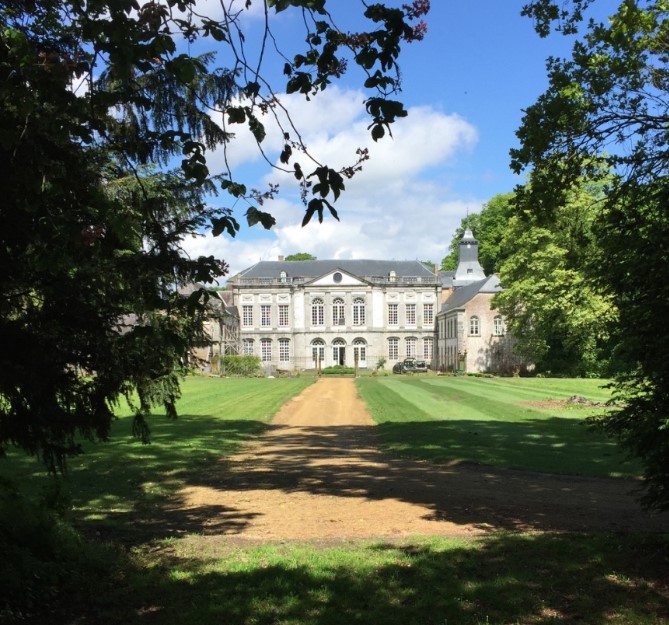
Have you undertaken actions to adapt this building to modern living standards and how did you manage to do so while preserving its heritage value?
It was one of the challenges my wife and I set to ourselves before starting the whole project. We could not imagine ourselves wearing several layers of pullovers in the winter. We would have lost our motivation to engage in this adventure. Therefore, we have planned to make a part of the building our “home” and turn it into a space where we can live with modern living standards. We have done that in the right-wing of the building, which was easier to refurbish. At the same time, we are careful to fully preserve the historic and aesthetic value of the most interesting part of the building by keeping its traditional character intact.
What are the current national or local policy framework and financial incentives in place? Do you make use of them? What could be improved?
We have applied for subsidies from the Flemish region to help us finance the renovation of the roofs. So far, we have had a positive experience dealing with the administration.
In your opinion, how can we motivate private owners of cultural heritage buildings to have an interest in maintaining their properties?
Too often, family pride forces families to keep such properties despite the fact that they are not able to carry out the necessary maintenance work. They do not even consider selling it, but they also do not know if there are any alternatives to restore these types of buildings.
There is always a dilemma when you are the owner of such a property, especially when you consider passing it to the next generations. In my opinion, enjoy staying in such a building without preserving it and transferring a ruin to your heirs is certainly not the most generous gift for the next generations. Transmitting such a property to a generation who is already well advanced in life is also not the best option, because of the burden it represents and not only in financial terms. Therefore, I strongly believe that it is important to raise interest and awareness for the preservation of heritage properties and encourage initiative at an early age.

Restauration of the Castle – Atelier Phi
What would be your idea on how to share the heritage value of your property with the public?
European Heritage Days are a vector that demonstrates public interest in heritage given the growing success of the initiative years after years. I personally believe that living hidden inside such a building without ever opening it to the public, creates incomprehension and sometimes jealousy. I think it is important, even if it is not always easy, to give the possibility to the public to discover these exceptional monuments and become the witness of our history and our heritage. Even if it is planned to occur only once per year at a determined period and for a restricted audience. Opening a garden is already a great initiative that allows sharing history and testimonies with the public.
Our personal objective is to perpetuate the property tradition to patronage art. Therefore, we will organise twice a year a weekend dedicated to the promotion of young artists and creators in the left-wing of the castle, also known as “the koetshuis”. This event will also become the occasion to open the property to the public.
If you were to give one advice to the generation that will take over your house, what would it be?
When you start thinking about the next generation, there are of course some practical concerns to consider: the first one is the financial aspect and the second is the inheritance and indivisibility. It is important that this kind of house is kept in shape. To do so, sustainable financial stability is necessary. A good professional situation can of course help, but the key solution would be to balance the property-related expenses with a potential source of income linked to the heritage value of the building.
That is why I have decided to link one of my professional activities to the castle by developing a brand of leather goods and creating our own workshops in one of the dependencies. When it comes to succession, it is important to be able to satisfy each of the children and let them choose their own life plan. In my opinion, this is the biggest challenge: to maintain unity in the family and a well-renovated property in its possession.
As a young couple with two small kids of 7 and 4 years old, one could think that we have many years ahead of us to prepare the next generation. Yet, I think we need to anticipate. We have to teach them how to appreciate their environment and inspire them with interest and a sense of responsibility, trying to make sure that this house does not become a burden for them but a pleasure. For instance, if we oblige them to spend their weekend painting windows, they will not keep a positive, lasting memory of their heritage. If, on the other hand, we succeed in instilling within them the proper values, so that they can understand the need and importance to preserve such properties, it changes the way they approach the challenge of being an owner of a heritage building.
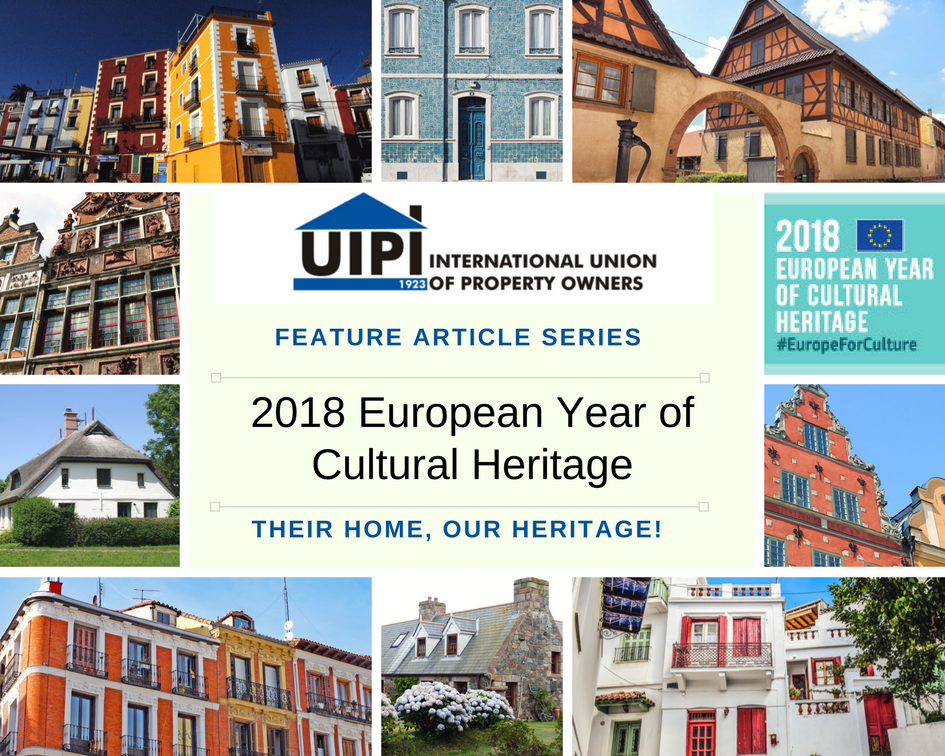
UPCOMING ARTICLE
In September, for our fourth portrait, we will head to Estonia to meet a young woman who decided to care and permanently move into her family traditional farmhouse on one of the Baltic Islands.


